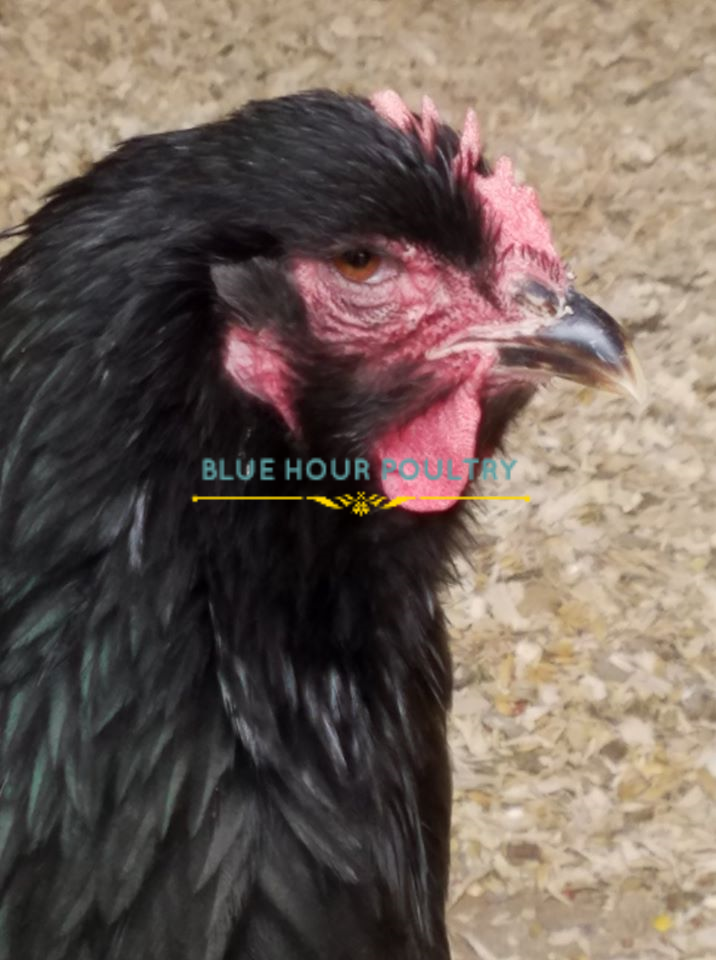Today’s discussion topic is the importance of combs. I focus here on large Cochins as that is my primary breed, however many of the concepts apply equally as well to other breeds of chicken.
I often hear it said, and it is true, that for show purposes the comb represents only a small percentage of the overall scale of points – ½ point deduction here and a ½ point deduction there for small anomalies such as an extra point or a thumb print are minor cuts in the context where the scale of points = 100. That mind-set, however, overlooks some key elements that can lead a breeder to problems down the road.
For starters, the comb is often one of the first characteristics a judge sees before he or she even pulls the bird from the coop for inspection, and there’s no second chance at making a first impression. No judge wants the comb of their class champion to be a very noticeable visual distraction that does not reflect well on their abilities, and they should not be forced to make such a choice.
A good single comb on a large Cochin should be straight when viewed from the front or top, and smooth in texture, with five well-defined points, and a properly shaped blade. This sounds simple enough until you realize that there are many ways, genetically that this can go wrong. Common defects in Cochin combs include:
- A weak base, thumb print, lopped comb or twisted blade
- Front of the comb not straight
- Surface not smooth – covered with small bumps
- Too many points
- Points are irregularly shaped, not strong at the base, or not deeply serrated
- Comb too large for the breed
- Irregularly shaped blade (e.g., fish tail, folds or fattened)
It should be noted here that the finer points of a good comb are easy to lose and generally require good comb genetics from both parents. In my experience, it has not been uncommon to hear from a breeder who began having issues with combs in their lines even though they selecting a breeding male with the characteristics of a good comb, only to learn that they hadn’t taken into consideration the qualities of the female combs. This is a serious oversight.
For better or for worse, the quality of the comb can become a defining characteristic of a line and can be the detail that informs potential purchasers whether or not the breeder has been paying attention to critical details. So when it comes to combs, choose your original stock well, take both the male and female into account when selecting breeders, and remember that details matter. A good breeder makes the complicated look easy, and a quality comb is simple but elegant. Far from being an afterthought, it is the first impression and the final touch.




Comentarios